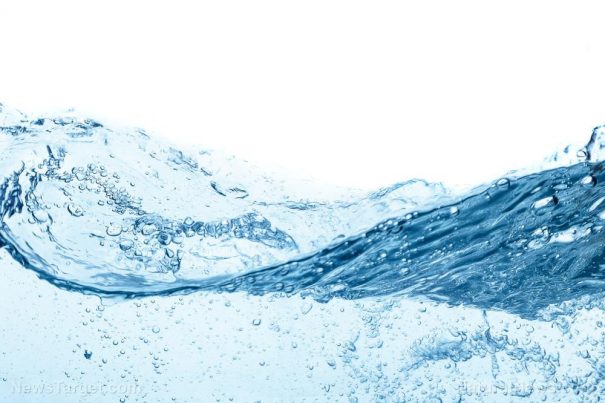Waste not, want not: How to reuse dehumidifier water
Monday, November 18, 2019 by Grace Olson
http://www.bugout.news/2019-11-18-how-to-reuse-dehumidifier-water.html

In an emergency, water may not always be available, and you may be forced to look for alternative sources. While you can find water outside, such as from ponds and lakes, there are potential water sources inside your house as well. One of these is dehumidifier water. By purifying it, it can offer a semi-continuous supply of potable water for you and your family. (h/t to BeansBulletsBandagesAndYou.com)
Using dehumidifier water as alternative water source
There are many types of dehumidifiers. They are common in humid areas wherein homeowners need to maintain a specific humidity level inside their homes. Some dehumidifiers are already installed in the house’s cooling system while others are portable and have water tanks. For drinkable water, you need the portable dehumidifier.
Dehumidifiers suck moisture out of the air in order to reduce humidity. When this happens, the moisture condenses inside the dehumidifier, turning into water. At this point, you may think that since it’s “filtered” water, it may be immediately safe to drink.
It’s not. There are many factors that affect a water’s potability. Here are some reasons why dehumidifier water, by itself, isn’t safe to drink:
- The tank may not be clean. Most of the time, people simply throw dehumidifier water away. Cleaning the water tank does not cross their minds because there is no need to. In an emergency however, any source of water is crucial.
- The water may be contaminated. You don’t know how long the water has been sitting in the tank. The water may be stale, inhabited by fungus collected from aerial spores.
- It’s only filtered, not purified. Even if the dehumidifier produces filtered water, the water still contains bacteria and microorganisms, making it unsuitable for drinking.
If you want to use dehumidifier water as drinking water, you’ll have to find ways to purify it.
How to purify water
There are many ways to purify water. Some methods are more effective than others, but overall, it depends on what you have on hand. Here are some ways to purify water:
- Buy a water purifier. There are numerous kinds of water purifiers currently available in the market. In recent years, there are even devices that combine filtering and purifying. Check them out and see if they fit your budget. If you don’t see anything you like, you can always use other methods. (Related: How to make your own homemade water filter.)
- Use a sand and charcoal filter. For this method, get a water bottle and remove the bottom and the cap. Flip it upside down and place a coffee filter on top of the small hole at the bottom. Place a one- to two-inch layer of charcoal above this layer. Afterward, place alternate layers of sand and gravel above, with at least two layers of each. Place a collection container at the bottom and pour water from above. The water that comes out is now safe to drink.
- Boil the water and add bleach. Boiling is the easiest way to purify water, but it has its flaws. When the water evaporates, the liquid left behind may have a more concentrated level of contaminants. For this reason, it is best to add a 1/8 teaspoon of bleach for each gallon of water. Let it sit for at least 30 minutes before drinking. The water should smell like chlorine. If it doesn’t, check the manufacturing date. Bleach loses potency after six months, so you may need to add more chlorine in case (another 1/8 teaspoon).
- Use water purification tablets. These tablets contain iodine, which can purify water. It works like boiling; it removes pathogens, but not chemical pollutants. They are ideal in survival scenarios because they are small and light. Always keep some in your bug-out kit. However, water with iodine should not be ingested for more than six weeks among regular people. Pregnant women and people with thyroid problems should not drink them at all due to potential health risks.
In any survival scenario, water is an important resource. Maximize all the potential water sources in your home for a steady supply.
Sources include:
BeansBulletsBandagesAndYou.com
Tagged Under: Tags: bug in, bug out, clean water, dehumidifier, DIY, drinking water, how-to, preparedness, prepper, prepping, survival, survivalist, sustainable living, water filtration, water purifiers, water supply

